*** Proof of Product ***
Exploring the Essential Features of “Elizabeth Murray, Richard Spence & Raychelle Burks – True Crime: Decoding the Evidence”
True Crime: Decoding the Evidence
Delve into some of history’s most notorious unsolved crimes with three experts who will guide you through the evidence and shed new light on old mysteries.
EPISODE (8)
01:Jack the Ripper
One of the most infamous serial killer cases in history, the Jack the Ripper murders in London’s East End continue to fascinate professional investigators and enthusiastic amateurs alike. Who was Jack the Ripper? And who were his victims? Why have these murders lived on in our imaginations since 1888? Examine these questions and more.
02:The Coldest Cases
Here, your experts discuss several cold cases, ranging from prehistoric murder to medieval regicide to identifying casualties of the first World War. Consider the difficulties of examining evidence long after the crime was committed and discover the advantages and limitations of modern forensic science.
03:The Black Dahlia
In the summer of 1947, a young woman named Elizabeth Short was discovered brutally murdered in a vacant lot. Her case is one of the most famous unsolved murders in America, yet most don’t know her real name. Take a closer look at what we know about the death of the woman known as the Black Dahlia.
04:Death in Tinseltown
The death of producer and director William Desmond Taylor helped fuel the mystique surrounding the seedier side of Hollywood success. As you will see, there were many suspects with varying motives but no final answers to the mystery of his death. Are some crimes truly unsolvable?
05:Zodiac: A Cult of One
The serial murders committed by the Zodiac Killer in the late 60s and early 70s were defined by the way the killer(s) left intentional puzzles and clues. Despite the evidence, the case remains unsolved—but certainly not for lack of trying. Look at what is known about this case and consider possible theories.
06:Weird Weapons
What happens when creativity is mixed with malice? Sometimes, the result is murder. Examine several instances of crimes committed with dangerous substances and see why solving these cases is especially difficult. And you may be surprised by how common some of these “weapons” are.
07:Recovering the Romanovs
Separating truth from myth is especially difficult when examining the assassination of the Romanov royal family in 1917. There has been decades of speculation and more than a few pretenders claiming to be surviving members of the family. What do we really know about the murders that ended the Romanov dynasty?
08:Death in the Old West
Tales of the Old West are often larger than life and full of improbable adventure, yet a few stories are actually stranger than fiction. Whether it’s the murder of a famous outlaw or the mysterious deaths of a group of prospectors, see why these cases continue to fascinate and confound us over a century later.
DETAILS
Overview
In True Crime: Decoding the Evidence, a panel of experts walks you through the evidence of nearly a dozen cold cases, including infamous serial killings, Hollywood scandals, deaths caused by everyday substances, a prehistoric murder, and many more. With their combined expertise in history, chemistry, biology, and forensic anthropology, these experts grant you the opportunity to look at these events through the lenses of both history and contemporary science.
About
Elizabeth A. Murray
“With nearly 30 years in the field, I guess I was ‘forensic’ before it was cool! I find forensic science to be a fascinating subject that incorporates law, ethics, psychology, history, and technology, as it aids our global community.”
ALMA MATER University of Cincinnati
INSTITUTION Mount St. Joseph University
Dr. Elizabeth A. Murray is a forensic anthropologist and also Professor of Biology at Mount St. Joseph University, where she teaches doctoral-level human gross anatomy and undergraduate-level anatomy and physiology, as well as forensic science. She earned her bachelor’s degree in biology from Mount St. Joseph University and her master’s degree in anthropology and Ph.D. in Interdisciplinary Studies in Human Biology from the University of Cincinnati.
Most of Professor Murray’s forensic casework has been in Ohio and Kentucky, where she has participated in hundreds of investigations. She is one of fewer than 100 anthropologists certified as a Diplomate by the American Board of Forensic Anthropology. Professor Murray has been honored with the Sears-Roebuck Foundation Teaching Excellence and Campus Leadership Award, and she twice earned the Clifford Excellence in Teaching Award. She has served as an instructor for numerous organizations, including the U.S. Department of Justice, the Armed Forces Institute of Pathology, and the International Association of Coroners & Medical Examiners. Her television appearances include National Geographic’s Buried Secrets, Discovery Health’s Skeleton Stories, The New Detectives, and Forensic Files. Her book Death: Corpses, Cadavers, and Other Grave Matters was named one of the top ten summer titles for students by the American Association for the Advancement of Science. Her 2012 book, Forensic Identification: Putting a Name and Face on Death, was selected as one of the outstanding books of 2012 by the prestigious National Science Teacher’s Association.
Richard B. Spence
“A key theme is that human history, behavior and reality are governed not by what we know but by what we believe.”
ALMA MATER University of California, Santa Barbara
INSTITUTION University of Idaho
Richard B. Spence is a Professor Emeritus at the University of Idaho. He holds a PhD in History from the University of California, Santa Barbara, where he also taught as a visiting assistant professor. His research areas include Russian and military history, espionage, occultism, secret societies, anti-Semitism, and true crime. He is the author of several books, including Trust No One: The Secret World of Sidney Reilly and Secret Agent 666: Aleister Crowley, British Intelligence and the Occult. He has also been a contributor for HISTORY®.
Raychelle Burks
“What I want to put out is that we can support girls and women in STEM, that there is a place for them here, and that we will make a place for them, not that they have to conform to preconceived notions and stereotypes.”
ALMA MATER University of Nebraska–Lincoln
INSTITUTION American University
Raychelle Burks is an Associate Professor of Chemistry at American University who has also worked in a crime lab. She holds a PhD in Chemistry from the University of Nebraska–Lincoln. Her research team focuses on the development of field-portable colorimetric and luminescent sensor arrays to detect explosives, chemical weapons, drugs, and latent prints.
Please see the full list of alternative group-buy courses available here: https://lunacourse.com/shop/

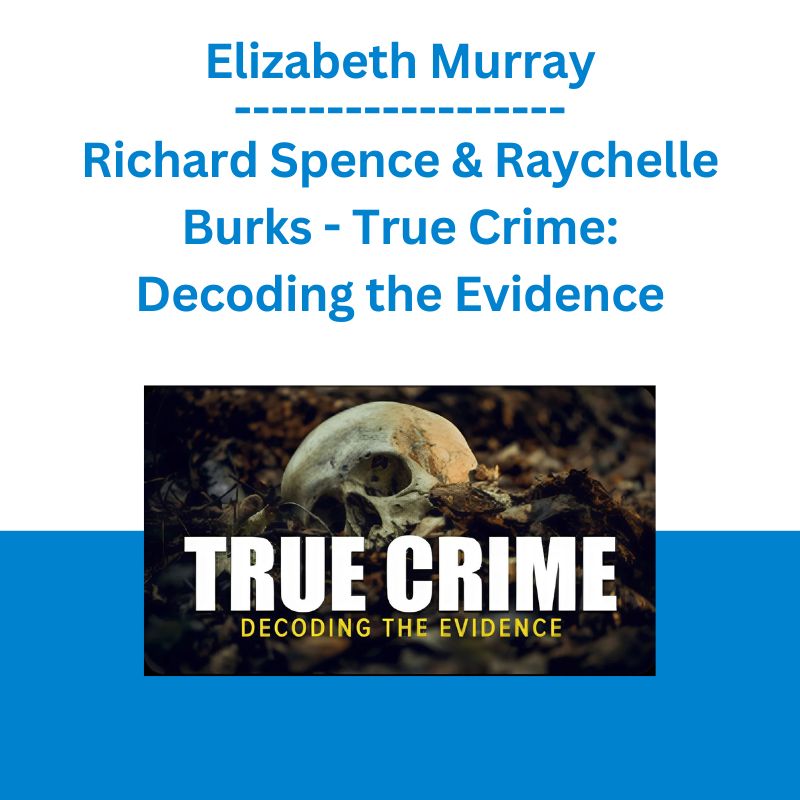


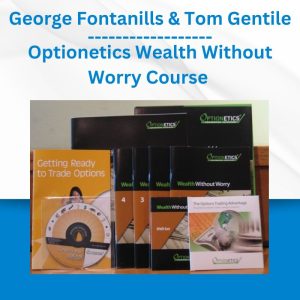





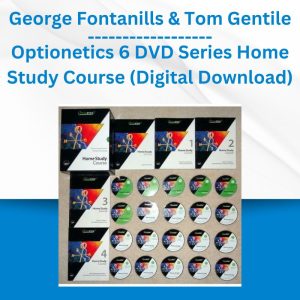 George Fontanills & Tom Gentile - Optionetics 6 DVD Series Home Study Course (Digital Download)
George Fontanills & Tom Gentile - Optionetics 6 DVD Series Home Study Course (Digital Download)  Jesse Livermore Trading System - Joe Marwood
Jesse Livermore Trading System - Joe Marwood  Ryan Kulp - Micro Acquisitions
Ryan Kulp - Micro Acquisitions  Erik Banks - Alternative Risk Transfer
Erik Banks - Alternative Risk Transfer  Trade Like Mike - The TLM Playbook 2022
Trade Like Mike - The TLM Playbook 2022  Matan Feldman - The 13-Week Cash Flow Modeling - Wall Street Prep
Matan Feldman - The 13-Week Cash Flow Modeling - Wall Street Prep 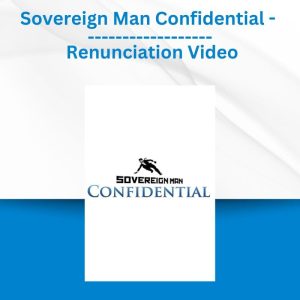 Sovereign Man Confidential - Renunciation Video
Sovereign Man Confidential - Renunciation Video  Crypto Dan - The Crypto Investing Blueprint To Financial Freedom By 2025
Crypto Dan - The Crypto Investing Blueprint To Financial Freedom By 2025  Greg Loehr - Advanced Option Trading With Broken Wing Butterflies
Greg Loehr - Advanced Option Trading With Broken Wing Butterflies 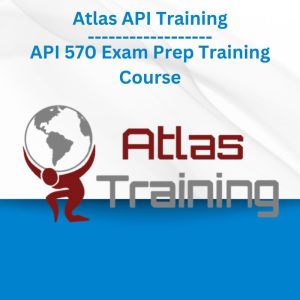 Atlas API Training - API 570 Exam Prep Training Course
Atlas API Training - API 570 Exam Prep Training Course  Kevin Wilke and Matt Gill - Nitro Blueprint System
Kevin Wilke and Matt Gill - Nitro Blueprint System  The Daily Traders – Exclusive Trading Mentorship Group
The Daily Traders – Exclusive Trading Mentorship Group  Forexmentor - Recurring Forex Patterns
Forexmentor - Recurring Forex Patterns  Rob Goyette - Fast Revenue Coaching
Rob Goyette - Fast Revenue Coaching  Fred Haug - Virtual Wholesaling Simplified
Fred Haug - Virtual Wholesaling Simplified  Team NFT Money - Ultimate NFT Playbook
Team NFT Money - Ultimate NFT Playbook 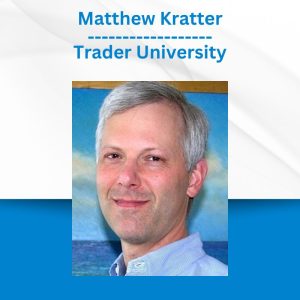 Matthew Kratter - Trader University
Matthew Kratter - Trader University 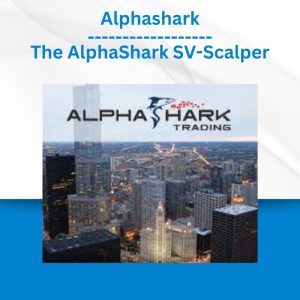 Alphashark - The AlphaShark SV-Scalper
Alphashark - The AlphaShark SV-Scalper  Oliver Velez - Essential Strategy Of Trade For Life
Oliver Velez - Essential Strategy Of Trade For Life  SMB - Options Training
SMB - Options Training  Dave Aquino - Mastering Income Spread Trading - Base Camp Trading
Dave Aquino - Mastering Income Spread Trading - Base Camp Trading 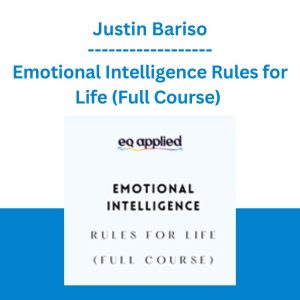 Emotional Intelligence Rules for Life (Full Course) - Justin Bariso
Emotional Intelligence Rules for Life (Full Course) - Justin Bariso  Akil Stokes & Jason Graystone - TierOneTrading - Trading Edge 2019
Akil Stokes & Jason Graystone - TierOneTrading - Trading Edge 2019  Money Miracle - George Angell - Use Other Peoples Money To Make You Rich
Money Miracle - George Angell - Use Other Peoples Money To Make You Rich 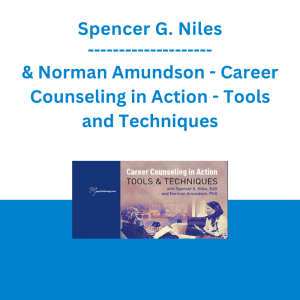 Spencer G. Niles & Norman Amundson - Career Counseling in Action - Tools and Techniques
Spencer G. Niles & Norman Amundson - Career Counseling in Action - Tools and Techniques  Barrie Konicov and Potentials Unlimited - Goal Setting
Barrie Konicov and Potentials Unlimited - Goal Setting  Simpler Trading - Bruce Marshall - The Options Defense Course
Simpler Trading - Bruce Marshall - The Options Defense Course 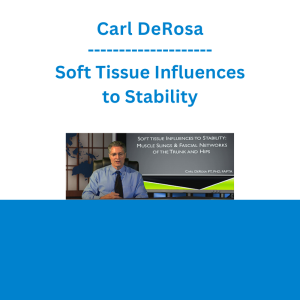 Carl DeRosa - Soft Tissue Influences to Stability: Muscle Slings & Fascial Networks of the Trunk and Hips
Carl DeRosa - Soft Tissue Influences to Stability: Muscle Slings & Fascial Networks of the Trunk and Hips  Chrls Barnard - Elite Athletic Mindset
Chrls Barnard - Elite Athletic Mindset 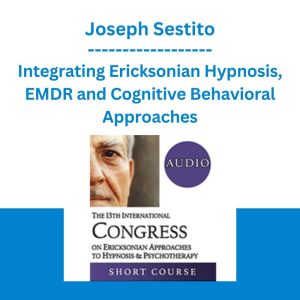 IC19 Short Course 22 - A Roadmap for High Speed, Engaging Therapy with Children and Adolescents Struggling with Anxiety and Depression: Integrating Ericksonian Hypnosis, EMDR and Cognitive Behavioral Approaches -Joseph Sestito
IC19 Short Course 22 - A Roadmap for High Speed, Engaging Therapy with Children and Adolescents Struggling with Anxiety and Depression: Integrating Ericksonian Hypnosis, EMDR and Cognitive Behavioral Approaches -Joseph Sestito  Hans Johnson - eMarketing Formula
Hans Johnson - eMarketing Formula  Greg O’Gallagher - Bodyweight Mastery Program
Greg O’Gallagher - Bodyweight Mastery Program 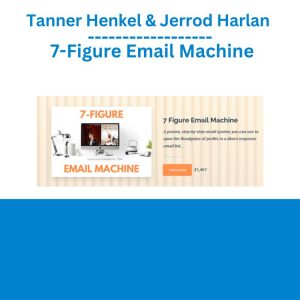 Tanner Henkel & Jerrod Harlan – 7-Figure Email Machine
Tanner Henkel & Jerrod Harlan – 7-Figure Email Machine